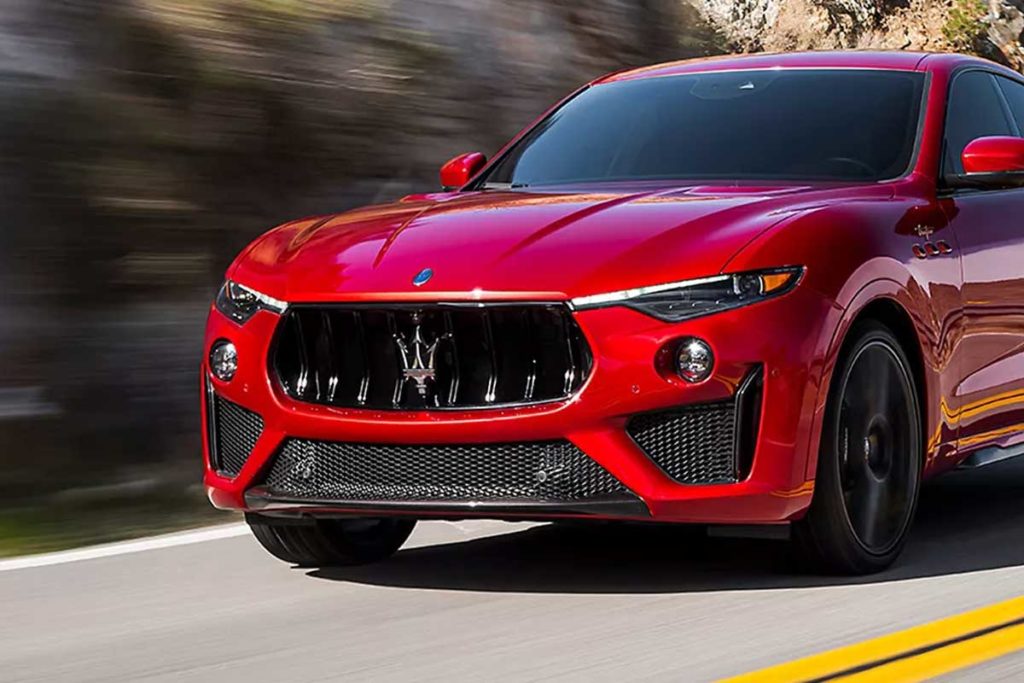
The years ahead will continue to be challenging for Maserati. About a year ago, the Italian brand announced that two of its flagship models, the Levante SUV and the Quattroporte sedan, originally scheduled for 2025, would be sold, would be postponed to 2027 and 2028 respectively. A delay that raised many questions.
We'll have to wait a few more years before discovering the Levante 2027 version. While we know that this E-segment SUV will be larger than the Stelvio and Grecale models, with an estimated length of around 5 meters, there are still many unknowns concerning the model's design and stylistic direction.
Design: heritage or innovation?
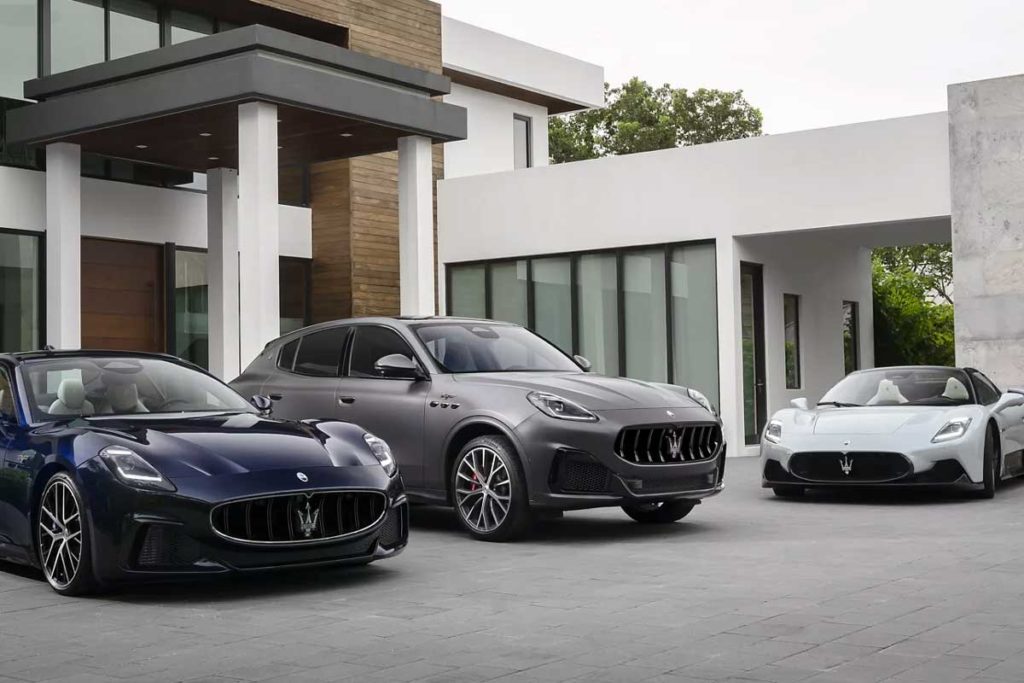
The design of the previous Levante was well received, contributing to the model's popularity and good sales. It remains to be seen whether the new Levante will adopt a style similar to the current range, or whether it will mark a stylistic turning point for the brand. Maserati has recently presented models such as the MC20, Grecale and GranTurismo, all of which have a similar design. Will we see an evolution of these models in the Levante, or will it usher in a new styling era for the brand?
Choosing the right platform
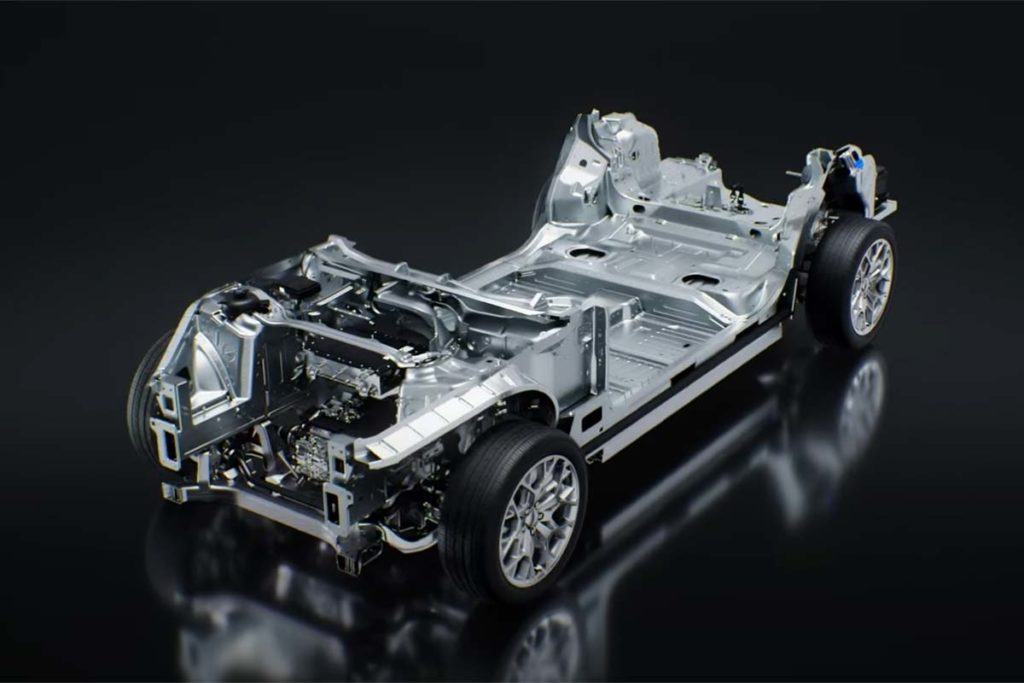
The choice of platform will be another crucial issue for Levante. Maserati has two options: either the STLA Large platform, used for Stellantis models such as the future Alfa Romeo Stelvio, or the Giorgio Evo platform, found on the GranTurismo or even the Grecale. Here again, the question is not only technical, but also philosophical. Should Maserati continue to differentiate itself by using its own platforms for its models, or integrate common technologies with the Stellantis group, which would be a way of reducing production costs while benefiting from the technological advances of the group's other brands?
If the Levante opts for the STLA Large platform, it will be more likely to adopt technologies common to other Stellantis SUVs, such as the Stelvio, with two electric motors, one at the front and one at the rear. If, on the other hand, the model uses the Giorgio Evo platform, as on the GranTurismo Folgore, we could see a three-motor electric system.
Engines: internal combustion and electric, the customer's choice
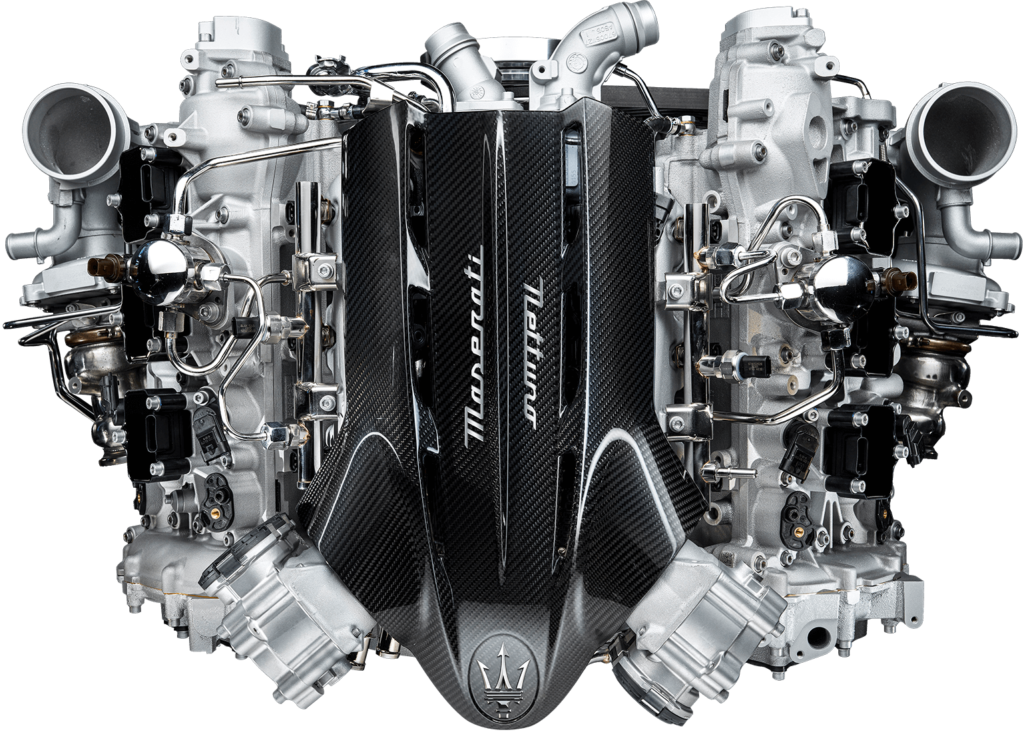
The Levante 2027 will have to meet customers' expectations in terms of powertrains. In abandoning the 100 % electricMaserati has made it clear that it wishes to offer a choice between internal combustion and electric powertrains. This leaves two main options for the Levante's combustion engine: either the new GME T6 engine, with a North American DNA, or the Nettuno V6, which could extend its career in this model. The latter, coupled with hybrid technology, would be a more natural choice and consistent with Maserati's upmarket image. But a final, albeit unlikely, hypothesis could be an engine supplied by Ferrari, which already offers a V6 PHEV used in several of its models.
On the electric motor side, The platform chosen will play a decisive role in determining the Levante's characteristics. On the Giorgio Evo platform, the electric version could use a three-motor configuration, while on the STLA Large platform, the configuration would be simpler with two motors.
Production plant: Modena or Cassino?
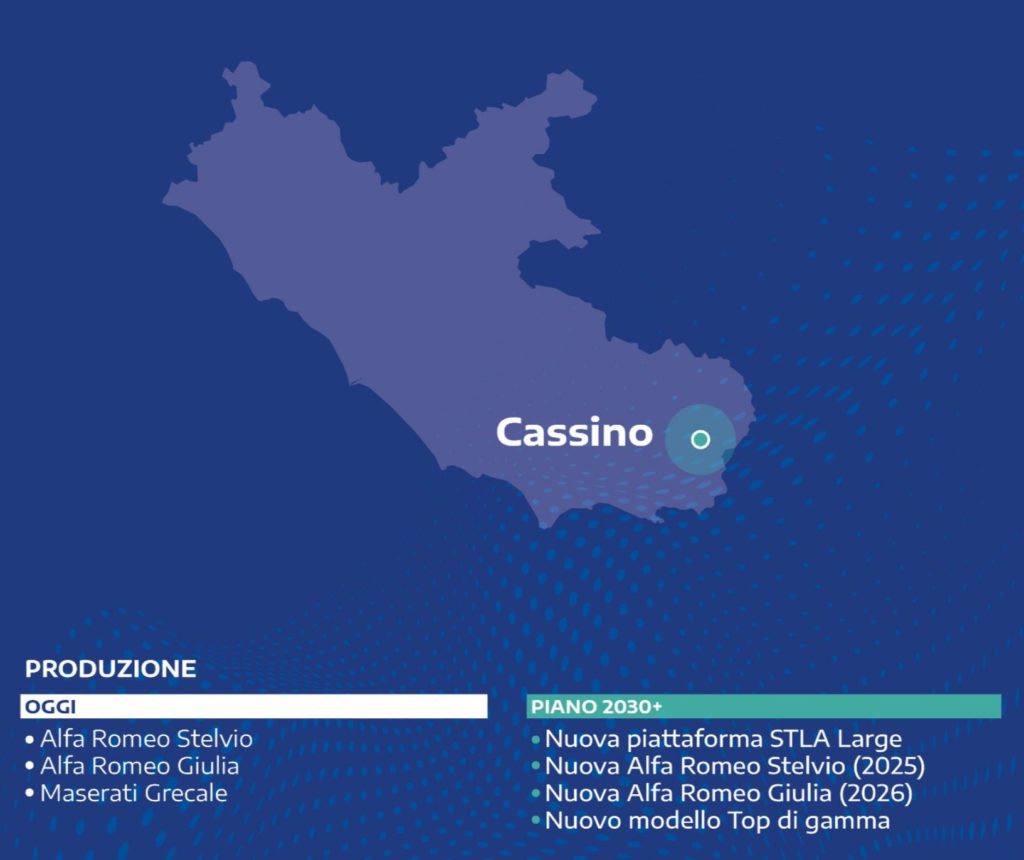
As for the production plant, it seems that Maserati has not yet made up its mind. Two scenarios are possible: either Maserati decides to concentrate production of all its models in its Modena plant, like Lamborghini or Ferrari, which produce all their models in a single plant, or Stellantis chooses to pool plants and the Levante could be produced in Cassino. In this hypothesis, the Levante could be built on the STLA Large platform, or be the new "top di gamma" model, alongside models planned for Alfa Romeo. In the case of Modena, production capacity is currently limited to 5,000 units a year, a far cry from the output of Ferrari and Lamborghini, which exceeds 10,000 units a year.
Still many grey areas
Many questions remain about the future Maserati Levante SUV, but there's no doubt that this model will mark a milestone in the evolution of the Italian brand. Design, powertrains and the chosen platform will be the main elements to follow in the years to come. But one thing is certain: Maserati intends to offer a model that lives up to its customers' expectations, while fitting into the new era of Stellantis. Jean-Philippe Imparato, head of Stellantis Europe, stated 3 months ago, in addition to a more structured, powerful product planMaserati deserves its own industrial plan [...] the plan will be there, but not now. We'll talk about it later, but it will come as soon as possible.